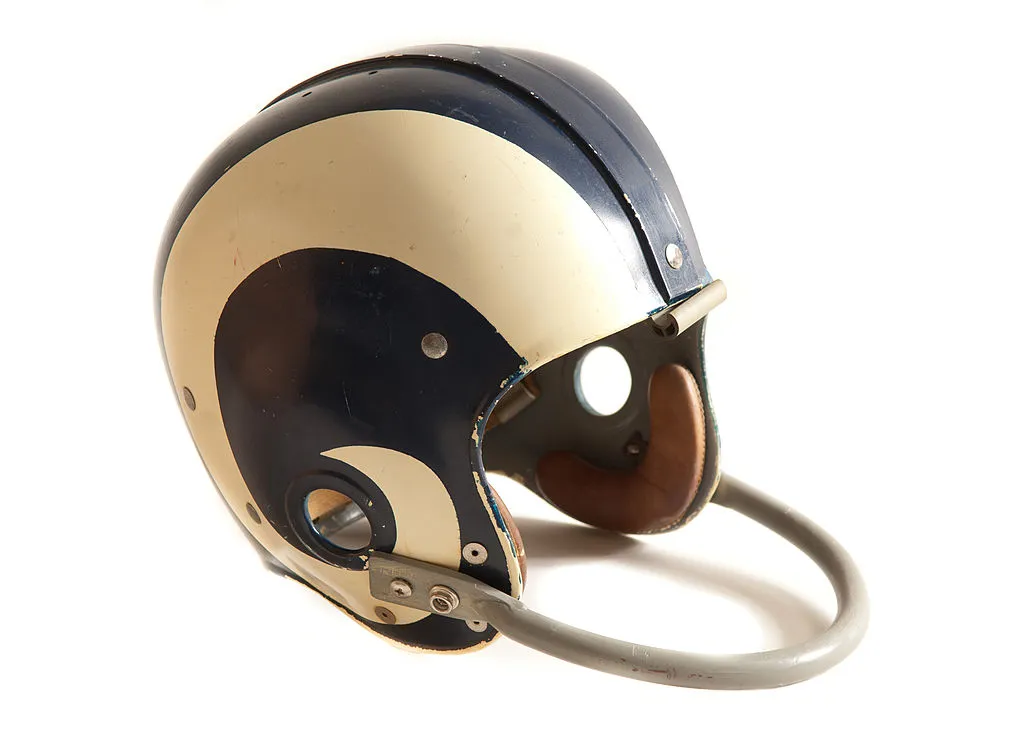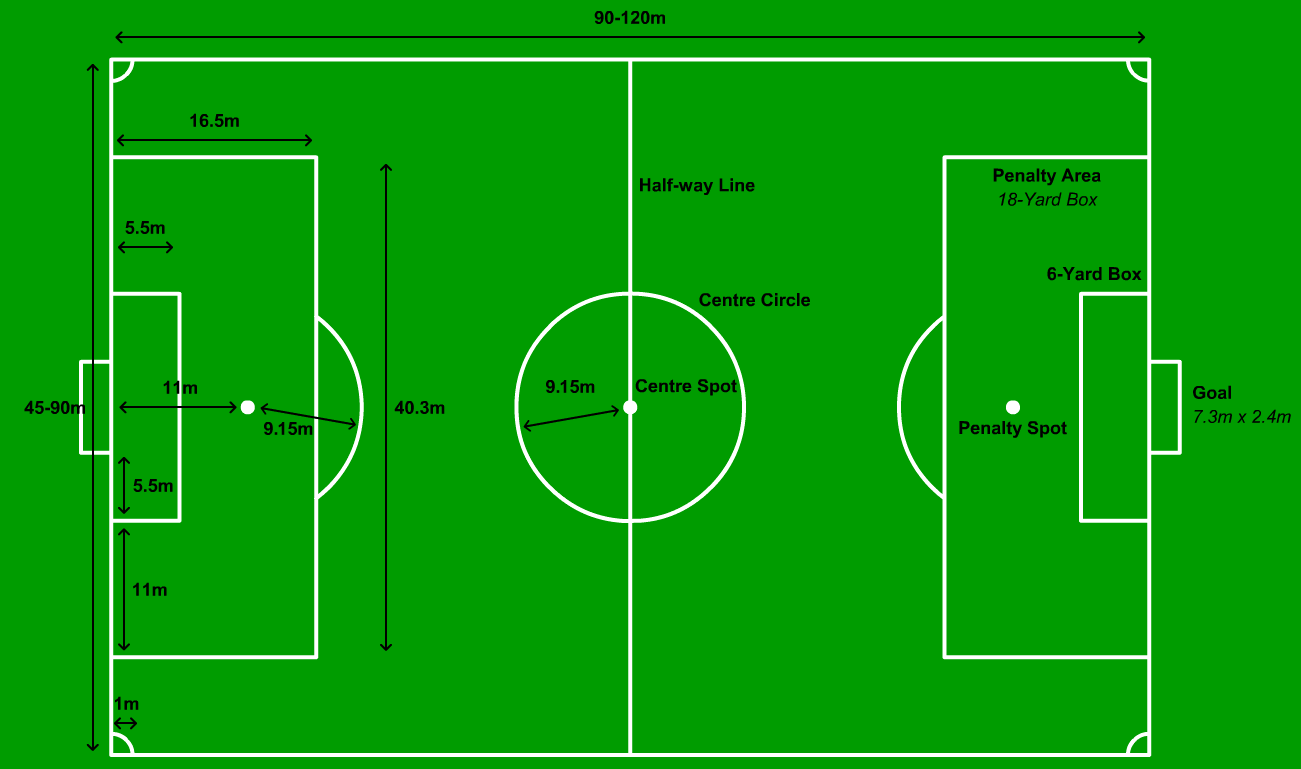From the early days of leather headgear to the sophisticated shock-absorbing systems of today, American football helmet design has undergone a remarkable transformation. This journey of innovation has been driven by the sport’s unwavering commitment to player safety and performance. As the sport has evolved, so too have helmets, becoming vital pieces of equipment that provide players with a greater level of protection without compromising their ability to compete at the highest levels.
In this exploration of helmet design evolution, we will delve into the factors driving innovation. From the quest for lighter and stronger materials to the development of advanced shock-absorbing technologies. We will examine the impact of these changes on player safety and performance. Highlighting how helmets have played a crucial role in reducing injuries and enhancing athletic capabilities.

The Birth of the Leather Helmet
The early days of American football were marked by a lack of protective gear, with players often venturing onto the field with little more than a leather cap or a makeshift helmet made from padding and straps. These rudimentary headgear provided minimal protection against the sport’s inherent physicality, leading to numerous injuries and even fatalities.
The Rise of Hard Shells
In the 1910s and 1920s, the realization of the need for better protection led to the development of the first hard-shelled helmets. These early models, often made of leather or fiber, marked a significant step forward in player safety. However, they were still bulky, uncomfortable, and often restricted players’ vision and mobility.
The Era of Plastic
The 1930s witnessed a breakthrough in helmet design with the introduction of plastic. Riddell, a company that would become synonymous with football helmets, introduced the first plastic model in 1939. This innovation revolutionized the industry, providing players with lighter, more comfortable, and significantly more protective helmets.
Continuous Advancements in Helmet Technology
Since the introduction of plastic helmets, the pursuit of innovation has been relentless. Manufacturers have continuously strived to improve the design, materials, and protective features of helmets, incorporating advancements in science, engineering, and impact-absorbing technologies.
Modern Helmets
Today’s football helmets are marvels of engineering, combining sophisticated materials, impact-absorbing technologies, and advanced design features to provide players with unprecedented levels of protection.
The Revolution of Modern Helmets
The modern era of football helmets has been defined by advancements in shock absorption technology. Multi-layered designs, incorporating foam, air pockets, and other materials, have significantly reduced the impact forces transmitted to the player’s head. Additionally, advances in facemask design have provided better protection for the eyes and face without compromising visibility.
The Future of Helmet Design
The evolution of football helmet design is ongoing, with manufacturers and researchers constantly seeking new ways to improve player safety and performance. Future innovations may include the integration of advanced sensors to monitor head impacts and provide real-time data to coaches and medical professionals. Additionally, helmet designs are adapting to address the issue of concussions, with a focus on reducing rotational forces on the brain.
Conclusion
The evolution of American football helmet design is a testament to human ingenuity and the unwavering pursuit of player safety. From the early leather caps to the sophisticated, high-tech helmets of today, this journey of innovation has transformed the sport, making it safer and more enjoyable for generations of players and fans.




